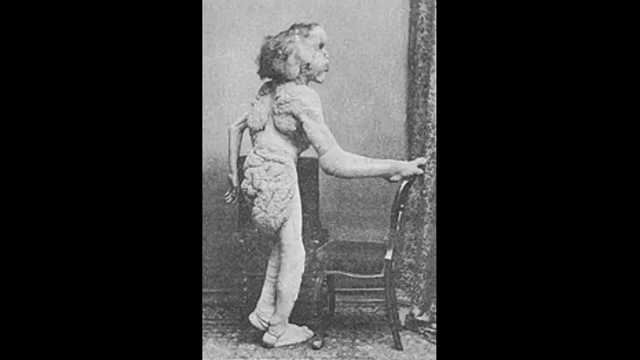Johno’s Graveyard Jaunts-Joseph Merrick – “Elephant Man” – Leicester’s Most Tragic Son
by Dr John
Joseph Merrick was born at 50 Lee Street in the City of Leicester on 5th August 1862. Joseph was born to Mary Jane Merrick (Nee Potterton). She noticed that before the age of 2 Joseph began to develop a hard tumour in his mouth and bumps on his left side. His disorder grew much worse, by the time he was 5, he had suffered a crippling left injury to his hip. Joseph was just 11 years old when his mother Mary passed away on May 19th, 1873 from Bronchial pneumonia at just 36 years old. Joseph said about his mother “Peace to her, she was a good mother to me” At the age of 13 years old Joseph left school and was required to find work like so many other children his age. Main: At 13 he found work rolling cigars in a factory on Lower Hill Street in Leicester called Freemans Cigars but after three years, the deformity of his right hand had worsened and he no longer had the dexterity required for the job. So on a colds winters day in late December of 1879, the young Joseph Merrick, aged just 17 years old, painfully disfigured, desperately in need of food and Shelter would have walked through these gates, having had to quit his job at the Freemans factory, unable to roll cigars any longer, because his right had become so disfigured and swollen, due to his condition. He was to join another 1,180 residents at the then called Leicester Union Workhouse. Joseph first stay was for an initial 3 months, whereby he stayed until March of 1880, at which point he left because he hated it, but poverty forced him back to the Workhouse and he would spend a total of four’s years there. Before Merrick moved to London, he was first exhibited at the then called “Gaiety Theatre of Varieties” in the City of Leicester, located at the corner of Wharf Street/Gladstone Street in the City. When he left the Workhouse In 1884, he contacted a showman by the name of Sam Torr and proposed that Torr should exhibit him. Torr arranged for a group of men to manage Merrick, whom they named ‘the Elephant Man’ So, in 1884, Merrick travelled to London to be exhibited in a penny gaff shop rented by showman Tom Norman. Norman’s shop was visited by the Surgeon Frederick Treves who invited Merrick to be examined. An appeal was launched to raise money for Joseph and as a result 7 rooms at the London Hospital were converted into living accommodation for him. He required a great deal of care from the nursing staff and spent much of his time in bed, or sitting in his quarters, with diminishing energy. His facial deformities continued to grow and his head became even more enlarged. Death: He died on 11 April 1890, at the age of 27. At around 3:00 p.m. Treves’s the house surgeon visited Merrick and found him lying dead across his bed. His body was formally identified by his cousin Charles Merrick. An inquest was held on 27 April by Wynne Edwin Baxter, who had come to notoriety conducting inquests for the Whitechapel murders of “Jack the Ripper” Although the official cause of his death was asphyxia, Treves, who performed the Post-Mortem, said Merrick had died of a dislocated neck. Burial: Joseph Merrick’s body was cut up after death and some of his flesh was saved for medical purposes. His skeleton is also kept under lock and key in a small museum at the Royal London Hospital where he lived in the latter part of his life until hie death in 1890. His unmarked grave was eventually found in the City of London Cemetery on Manor Road in London. He is also buried in the same cemetery as two of “Jack the Rippers” Victims, Mary Nichols and Catherine Eddowes.




